It’s hard, sometimes, to reconcile your impulses with your principles.
For example, I think (in principle) we should all probably be vegan, given the state of the planet and everything.
But I love meat and cheese, and my impulses win out, especially at this time of year.
Conversely, although I’m a sucker for the grim and gruesome world of serial killers, I really don’t agree with the whole prospect of true crime as entertainment.
So I don’t watch it, even though I’d like to.
What I’m getting at is this – sometimes what we think and what we feel don’t line up. And that can go for our ethical stances as well.
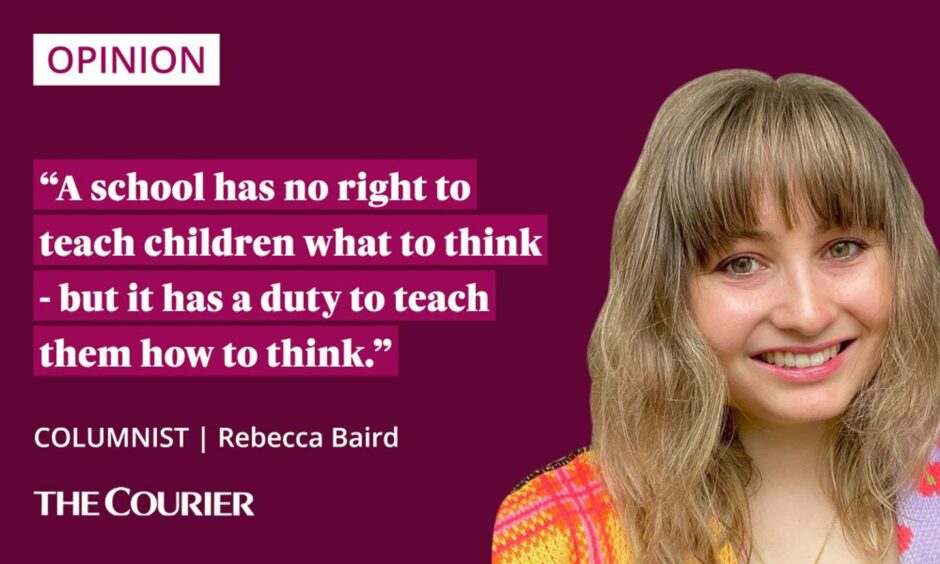
When I read the news yesterday that anti-abortion group Society for the Protection of Unborn Children (SPUC) has been invited to speak at a Dundee school several times this year, my impulse was outrage.
I am, to the surprise of no one who has read any of my columns, vehemently pro-choice.
But I’ve written before about my experiences with indoctrination into pro-life movements by adults at my Catholic high school.
My adolescence was spent championing a cause based on very selectively-fed misinformation.
And that has left me with profound feelings of shame and mistrust, both in my church and my educators.
So my first instinct upon hearing that this is – still! – happening to not just secondary pupils but also primary school kids, was to protect them.
Censorship is never the answer
I wanted to write a column condemning the presence of such insidious, misogynistic rhetoric in a school in 2022.
I thought about young minds being programmed with potentially traumatic misinformation, just as I had been, and I jumped first to “get that s*** away from them”.
And I was going to sound off about how anti-abortion discourse has no place in a classroom, in a Scotland that considers itself “progressive”.
Then, on the same day, the Scottish Government passed the controversial Gender Recognition Reform Bill.
I was proud.
But then I considered how many (transphobic) parents who object to the decision would be taking to Twitter that night, saying things like: “This is so dangerous for the children!” and “Keep all that gender stuff out of schools!”
I thought about how that kind of censorship isn’t just bigoted and small-minded. It’s a real intellectual disservice to the next generation.
Because when we start banning topics or viewpoints from classrooms, whether it’s taking To Kill A Mockingbird off the reading list or shutting down questions about the human body, we stifle curiosity and a wider understanding of the world.
And so I realised that my impulse – to take the rhetoric I find so abhorrent out of the way of young minds – didn’t align with my principles.
The principles which say that above all, we must not indoctrinate children.
Not one way or the other.
Anti-abortion movement coloured my time at school
Make no mistake, my distain towards the pro-life movement and all that it stands for is deep and unending.
But the rage and betrayal that I feel towards my teachers over my participation in a pro-life group doesn’t come from the moral stance of the group itself, necessarily.
It comes from the fact that I was deliberately, consistently told only one side of the story at a time when my brain was essentially a big sponge.
That the people I trusted to mould and shape my thoughts took that trust and consciously imprinted their own biased views on to them.
And that they weaponised me – and many of my classmates – in service of that agenda.
If your worldview crumbles when the blinkers are taken off, it wasn’t very solid to begin with, right?
There was no exposure to conflicting or contradictory schools of thought.
We were not encouraged to think critically for ourselves.
And, due to the dogmatic religious ethos of the school, independent thought was actively discouraged.
This is where I was failed by my school. And it’s where the Dundee schools in question risk failing their pupils too.
Because a school has no right to teach children what to think. But it has a duty to teach them how to think.
Fragile views won’t hold up to debate
Which is why, despite my own impulses, I don’t think the SPUC should be dragged out of classrooms by the scruffs of their sanctimonious necks.
I think they should be invited in – for a debate against a pro-choice organisation.
A debate which all the pupils can see and hear, and, most importantly, question.
A debate which, for the devout out there, would actually encourage true faith (rather than blind indoctrination) by testing the tenets of religion.
After all, if your worldview crumbles when the blinkers are taken off, it wasn’t very solid to begin with, right?
And one day these children are going to grow up and have to live with the choices they’ve made.
The least we can do is let them know what the options are.


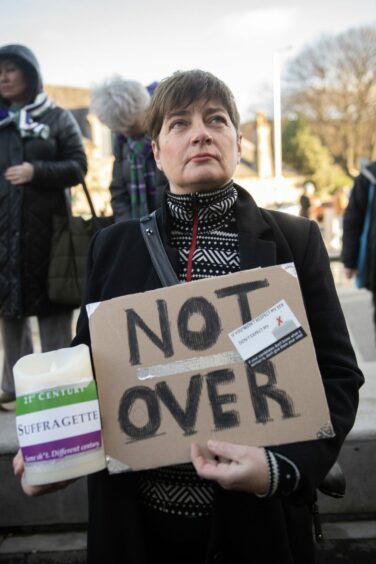

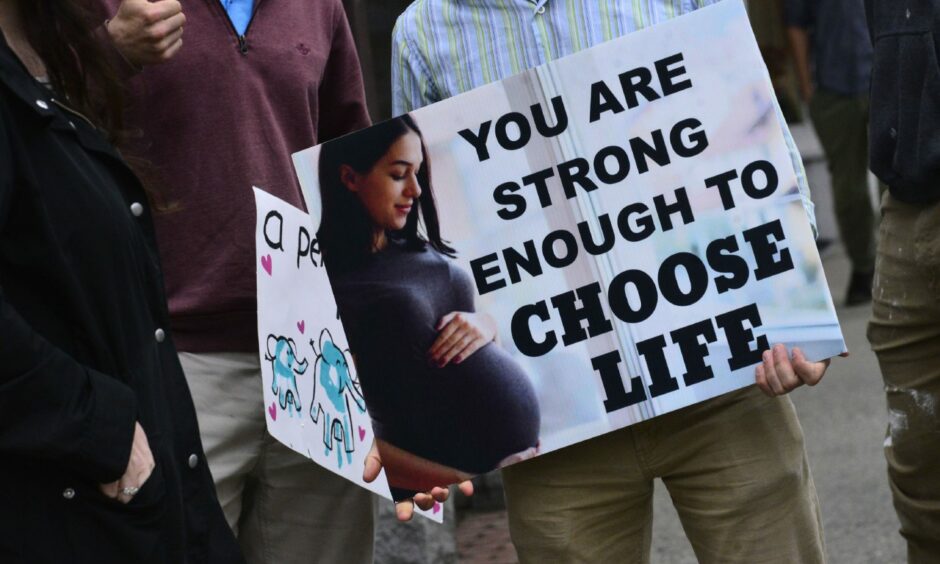


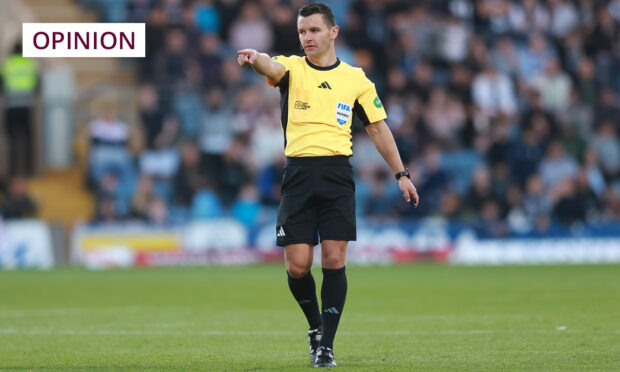

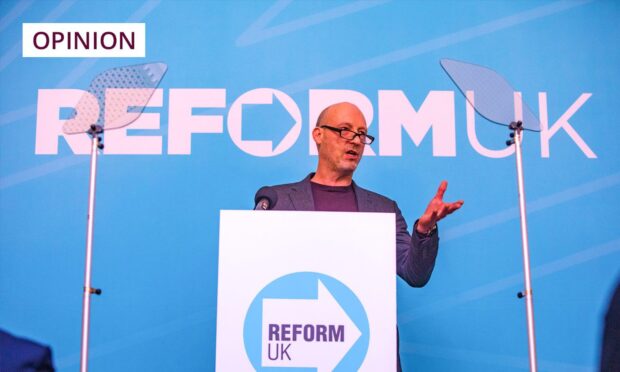





Conversation